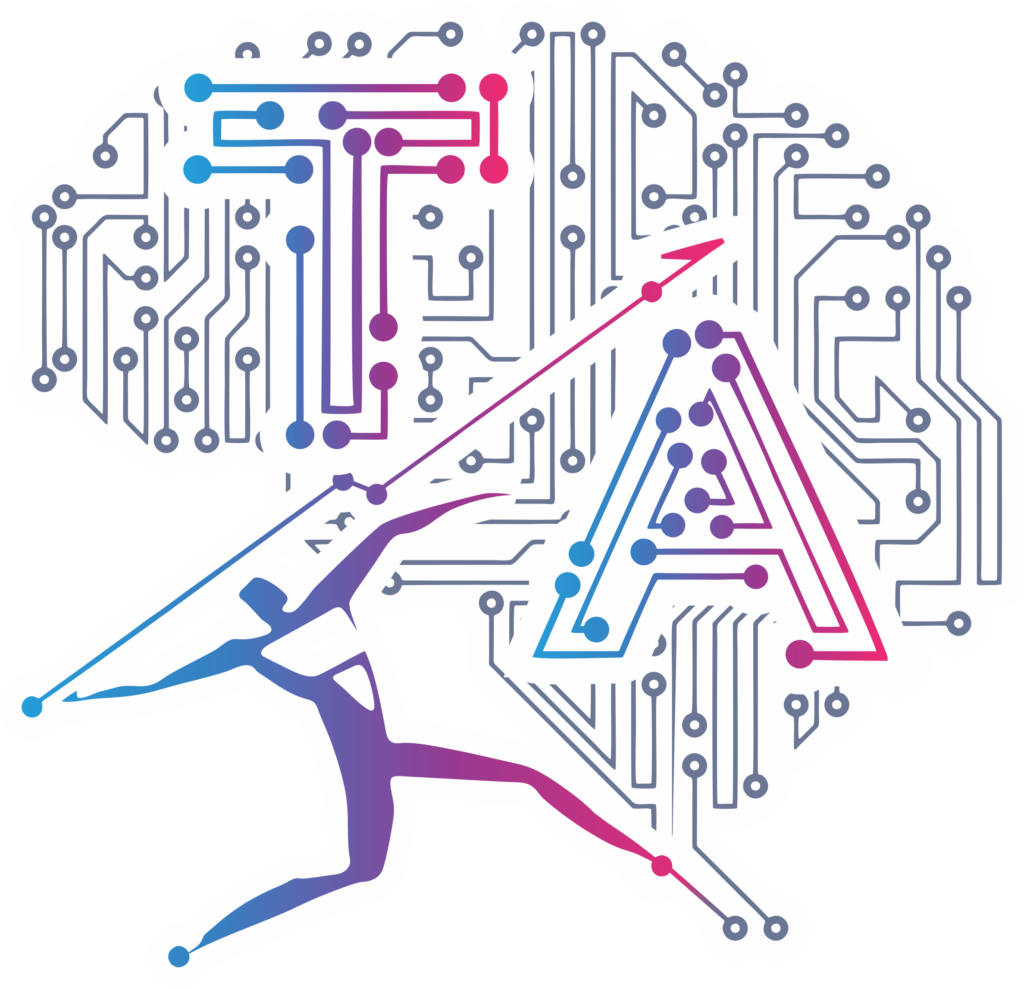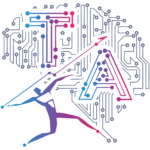Top 5 Easy Steps to Install Eclipse on Laptop
Whether you are a beginner diving into Java development or an experienced coder setting up a fresh environment, Eclipse remains one of the top IDEs (Integrated Development Environments) globally. In this blog, you’ll learn how to install Eclipse on your laptop in just 5 easy steps. Let’s get started!
🔧 Why Use Eclipse?
Eclipse is a powerful, open-source IDE widely used for Java development and also supports other languages like C++, Python, and PHP via plugins. It comes with a feature-rich interface, plugin support, and great community backing — making it a go-to choice for many developers.
Step 1: Download Eclipse IDE
First, head over to the official website to download the latest version of Eclipse.
🔗 Eclipse Official Download Page
Visit the site and click on “Download Packages and select 64-bit under desktop IDE packages for Java Developers.
The site auto-detects your OS (Windows/macOS/Linux), so it gives you the right version.
💡 Tip: Always download from the official website to avoid issues with corrupted or malicious files.

Step 2: Install Java Development Kit (JDK)
Eclipse requires Java to run. So, before you install Eclipse, make sure you have the JDK installed.
Download the JDK suitable for your OS and install it.
After installation, verify it by opening the command prompt and typing:
java -version
You should see the installed Java version listed.
Step 3: Run the Eclipse Installer
Once the Eclipse file is downloaded, it’s time to install:
Double-click the
.exe(Windows) or.dmg(macOS) file.A window opens with different Eclipse installation packages.
Choose “Eclipse IDE for Java Developers” and click Install.
You can also change the installation location if required.

⚠️ Note: Ensure you have admin access to your system to install software.
Step 4: Launch Eclipse & Set Workspace
After installation:
Click Launch to open Eclipse.
You’ll be prompted to select a workspace — this is where your projects will be saved.
Choose a folder (or leave the default) and check “Use this as the default”.
Congratulations! Your Eclipse is now up and running.
Step 5: Create Your First Java Project
Here’s how to create your first project:
Click File → New → Java Project.
Give it a name (e.g.,
MyFirstProject).Click Finish.
Right-click
src → New → Classto create a class.Write your code and hit Run ▶️.

🧠 Common Installation Errors & Fixes
If you face issues while installing Eclipse:
| Issue | Solution |
|---|---|
| Java not found error | Make sure JDK is installed and system path is set correctly |
| Eclipse not launching | Try running it as administrator or reinstall |
| Workspace issues | Use a new workspace folder |
🔄 Keep Eclipse Updated
Eclipse frequently releases updates and bug fixes. To keep your IDE updated:
Go to Help → Check for Updates
Install all available updates and restart Eclipse
This ensures stability and compatibility with newer Java versions and plugins.
📌 Final Thoughts
Installing Eclipse on your laptop is simple if you follow the right steps. Whether you’re a beginner or a pro, Eclipse offers a clean, customizable, and powerful development environment. So go ahead — install Eclipse and start building amazing projects today!
🎓 Join Our Java Full Stack Course or Free Webinar
Want to master full-stack development? We’ve got you covered!
Our Course Includes:
Real-world projects
Git & GitHub workflow
DSA + System Design
Mock interviews & portfolio support
🎁 Free Webinar: Get a sneak peek into our training approach, job support, and roadmap to land your dream job as a developer.
👉 Register for the Full Stack Course
👉 Join the Free Webinar
Let these tools support your journey, but let mentorship and structured guidance fast-track your growth.
📞 Want More Info?
📲 WhatsApp us for quick queries 👉 Drop a WhatsApp Msg
👉 Follow us on Facebook, Instagram, and LinkedIn to stay updated on upcoming webinars, courses, and exclusive updates.
🔗 Similar Blogs You Might Like
- Mastering Java: Best Practices and Techniques
- The Ultimate Java Full Stack Developer Roadmap for Beginners to Experts (2025 Edition): Key Benefits and Challenges
- React vs Angular for Java Developers 2025: Performance, Features, and Trends
- 7 Best Practices for Spring Boot Microservices | Full‑Stack Developer Guide
- Top 50 Java Full Stack Developer Interview Questions & Model Answers (2025)


